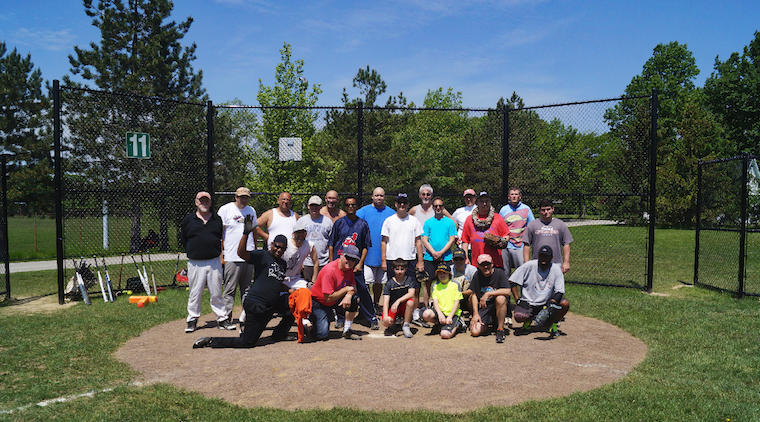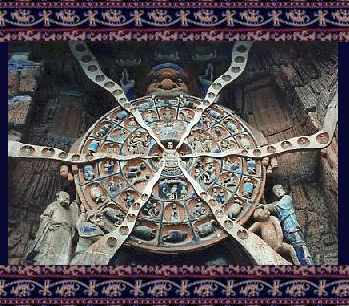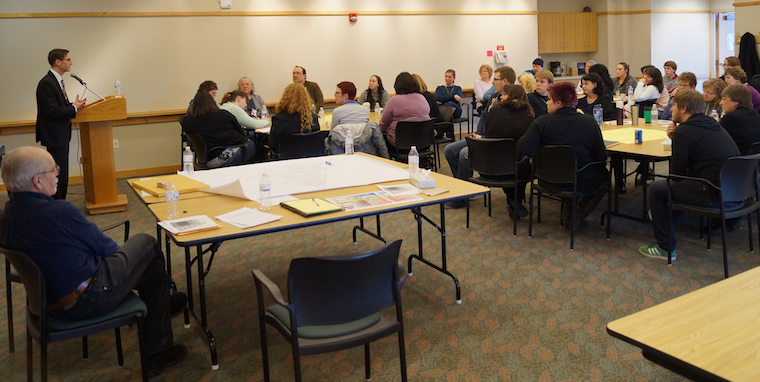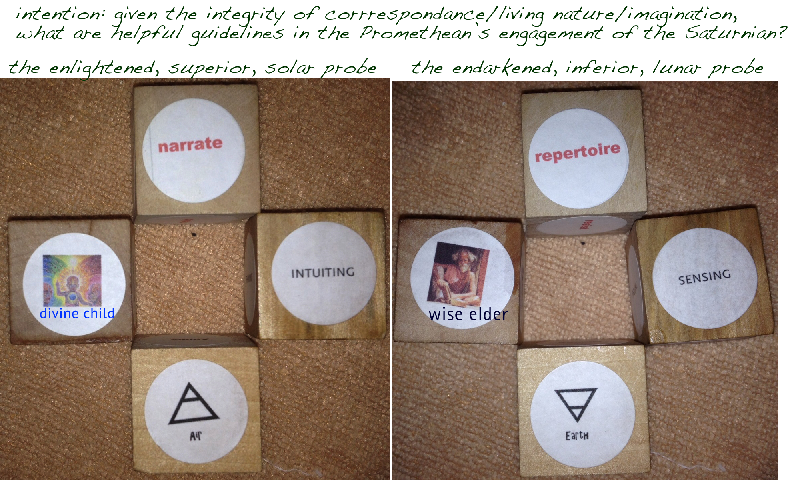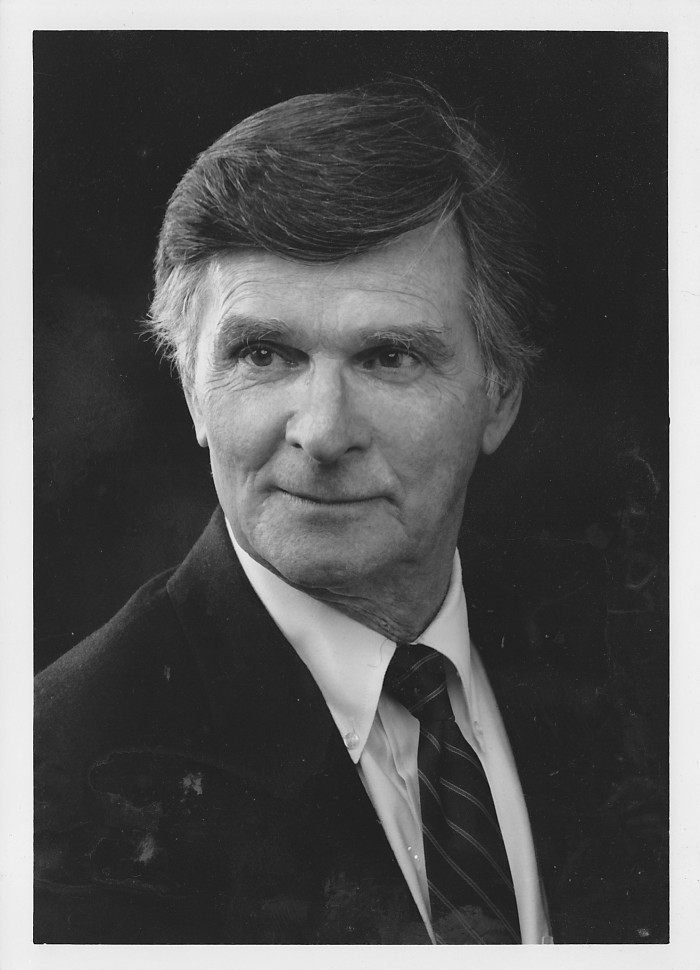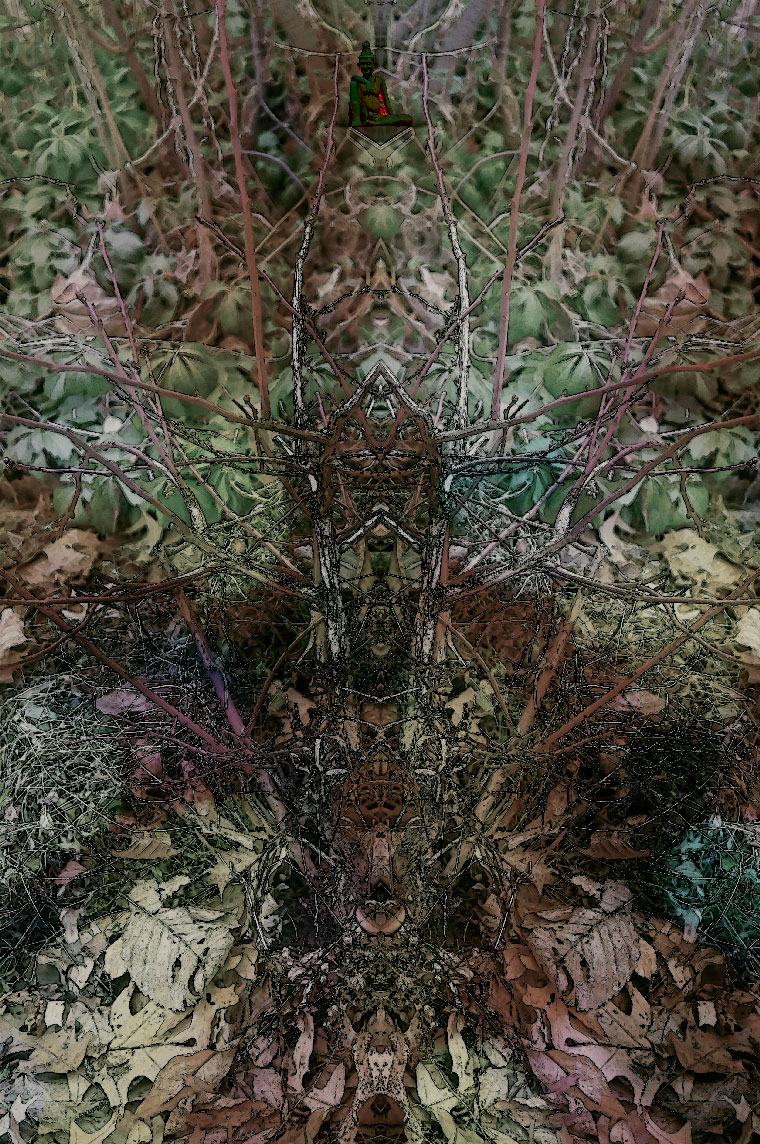
[The] principle the map is not the territory and name is not the thing named made famous by Alfred Korzybski, strikes at many levels. It reminds us in a general way that when we think of coconuts or pigs, there are no coconuts or pigs in the brain. But in a more abstract way, Korzybski’s statement asserts that in all thought or perception or communication about perception, there is a transformation, a coding, between the report and the thing reported, the Ding an sich. Above all, the relation between the report and that mysterious thing reported tends to have the nature of a classification, an assignment of the thing to a class. Naming is always classifying, and mapping is essentially the same as naming.
Korzybski was, on the whole, speaking as a philosopher, attempting to persuade people to discipline their manner of thinking. But he could not win. When we come to apply his dictum to the natural history of human mental process, the matter is not quite so simple. The distinction between the name and the thing named or the map and the territory is perhaps really made only by the dominant hemisphere of the brain. The symbolic and affective hemisphere, normally on the right-hand side, is probably unable to distinguish name from thing named. It is certainly not concerned with this sort of distinction. It therefore happens that certain nonrational types of behavior are necessarily present in human life. We do, in fact, have two hemispheres; and we cannot operate somewhat differently from the other, and we cannot get away from the tangles that that difference proposes. (Every Schoolboy Knows – Gregory Bateson, from Mind and Nature)
Part Two of Two
Part One: Imaginal Cybernetics, the Demonic Daemon, Deep Play
1. “I can’t explain it, really.”
In my life I’ve observed, even been thoroughly entangled, in very hard-to-explain, and, dare I say, magical, stuff. In the catalog of life experiences, there would need to be a chapter devoted to spectacular instances of truly strange occurrences.
However, apparently by my innate disposition, the grandest insight I’ve gained into any of the specific events was not an insight at all. It was a ‘grand meta,’ and so only it remains one of the several anchors to what I call my flatland.
Grand Meta One: Everything that is experienced earns at least one account.
Actually, every experience earns a first person account plus any number–stretching to an endless amount–of secondary accounts. Accounts are stretched between those of an uninhibited type or, at the other extreme, of the severely limited–qualified–kind. Accounts utilize any useful means. Such means are not required to meet any standard of commensurability. It is critical to recognize that the subject may not be able to access an account.
This brings us to Grand Meta Two: Any single account is always related to multiple possible ramifications.
However, I have in mind a synthetic definition of ramification. Ramification is a consequence that grows out of an account.
Out of our certainties, ramifications grow.
2.
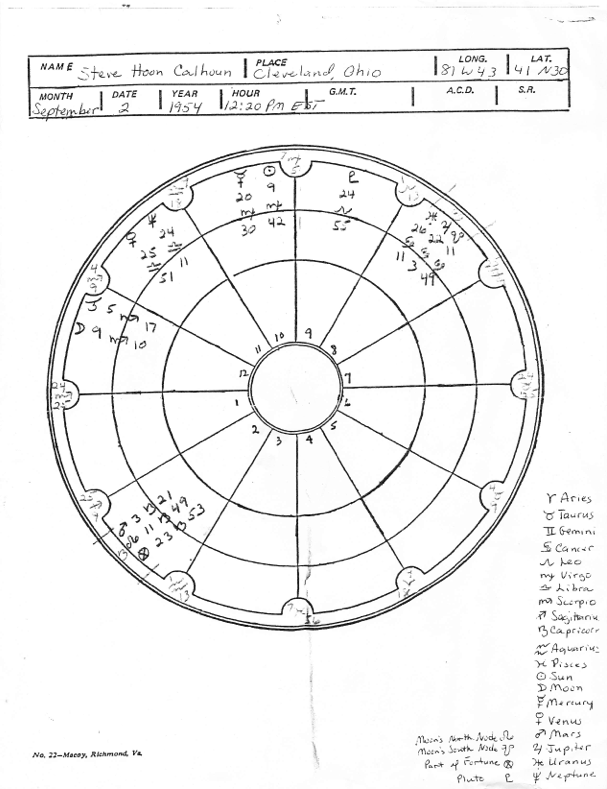
It was in sometime in the mid 1980’s, maybe around 1985, that my first wife, thought it would be interesting to have a good friend of hers, an anthroposophical astrologer trained in the introspective tradition of Rudolph Steiner, do my birth chart. I was in my early thirties, a hippy, not really committed to anything much besides the stuff of our carefree life.
I read the fourteen pages of the astrologer’s decidedly psychological reading. It all rang true. I was unconcerned about any account for the reasons the accurate reading followed from a technique, the astro-geometric system of astrology. I asked Benson, the astrologer, why the reading seemed so well matched, he made a point to emphasize that this is the result of his contemplation on the chart more than it was the result of the content of the chart.
This chart and interpretation has always struck me as cogent and valuable. I’ve returned to it many times over thirty years. It is a canny statement of seeming astro-psychoanalysis. There’s a secondary account possible, itself a ramification grown from the stuff of my chart’s inception, that supposes the reading is a very keen parlor trick, along the lines of stringing common diagnostic abductions together after one learns something about the subject’s narrative.
That secondary account does not prevent the reading today from evoking my personal response. I tell you, it’s a good reading. It’s apt. Is it more apt than an arbitrary interpretation might be? Who knows? I can’t explain it.
3. Architectural Jello
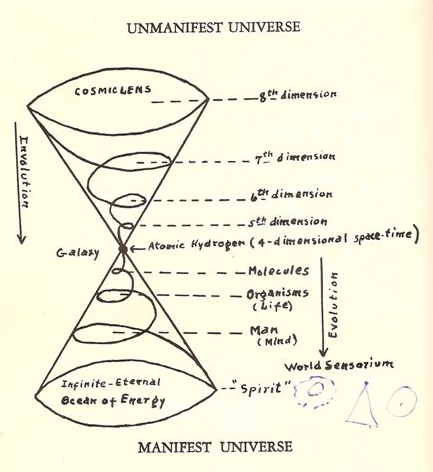
4.
People have over millennia experienced that there is, to give it one over-arching heading, a world-behind-the-world. Obviously, then, there are countless primary accounts of: there being a world hidden beyond the world we can easily grasp. There are the differential meta accounts for how the grasp that is effective in one world is incapable in this other world-behind-the-world.
For the sake of keeping this very down-and-dirty meditation brisk, call the naturally material world the front world and this other world the back world. Clearly, one class of consequences that grows out of primary accounts of the back world, questions the existence of the back world. (In noting this, nevertheless, I understand that there are positive primary accounts. These, in referring to any object of experience, earns an account.) Still, we know nowadays the accountings for the back world are numerous and multivarious. Most such accounts are not compatible with each other.
For example, there are the secondary accounts ramified as a consequence of the experience of the back worlds given by the primary accounts of the Abrahamic religions. These secondary accounts constitute the various theisms made explicit in both the formal philosophizing and the folk philosophizing, and in the historical social-constructive norming, norming discoverable as consequential ramifications of social experience and its accountings. Narrow paths and deviations arise out of the prolix socialized accounts.
There are private accounts too.
When the Pope speaks of Angels, an account is earned. Possible ramifications tumble outward too. The Pope of course means real angelic beings existing where angels exist.
- Angels are creatures made by God. They are pure spirits and personal beings. (Each angel is a person.) They are both powerful and intelligent. Note: Some people are inclined to think that the word “person” applies only to human beings. On the contrary, “person” applies to each of the three divine Persons of the Holy Trinity, to angels and to humans. (Catholic Teaching On Angels)

No single theology or cosmology characterizes the New Age. Rather, the New Age is united in rejecting the dominant theology of western monotheism, most explicitly Christianity and Judaism, though implicitly Islam as well, through an emphasis on the individual rather than religious authority embodied in institutions. This attitude, a key trait of American metaphysical religion, stands in contrast to the cardinal tenets of the traditional Christian and Jewish theology: a single transcendent, omniscient, omnipotent deity as described in the Bible, alongside a view of the cosmos as created and sustained by such a deity.
The most common theologies within the New Age envision God as within each individual. Though New Agers tend to avoid categorizing themselves along traditional theological categories, scholars label such New Age beliefs monism, pantheism, and panentheism. Monism declares that the summation of the entire universe is the divine, and that each individual within the cosmos represents a small sliver of god. Pantheism upholds a similar position, that god is within all things. Panentheism postulates that all things are in god, but that god transcends the sum of all these things. All three philosophies lead their New Age adherents to envision the self as the seat of the divine. New Agers tend to envision god as impersonal and diffuse, part of all living things. Such a theology enables New Age practitioners to see the divine in humans, nature, the earth, and inanimate objects, though some New Agers limit god to living beings. Such a holistic approach to the divine helps explain the environmental ethos that also characterizes so much of the New Age movement.
This cosmology also explains why New Agers seek self-development and self-evolution. New Age practitioners generally agree that all individuals must focus on an ultimate goal of developing the god-aspect within themselves. The various practices of the movement, what some scholars have called spiritual technologies, aim to develop the self and bring it into awareness of its nature as divine. Such spiritual technologies-for example yoga, channeling, aura-reading, and crystal work-aim to assist the practitioner in self-development. *
A less popular theology within the New Age movement envisions a universe filled with multiple divinities. Scholars call such a position polytheism, though few New Agers would themselves use this characterization. Polytheism appears most frequently amongst New Age practitioners who also identify with Paganism, since the latter religious tradition assumes polytheism as a foundation. Some New Agers envision the world as filled with two deities, the cosmic ideals of male and female, whereas others believe in entire pantheons of divinities. However, like their coreligionists who accept pantheism or monism, New Agers who adopt a polytheistic theology reject the dominant western religious paradigm. Ultimate Reality and Divine Beings – Benjamin E. Zeller – Patheos
* [plus: astrology]
The New Age Cults


